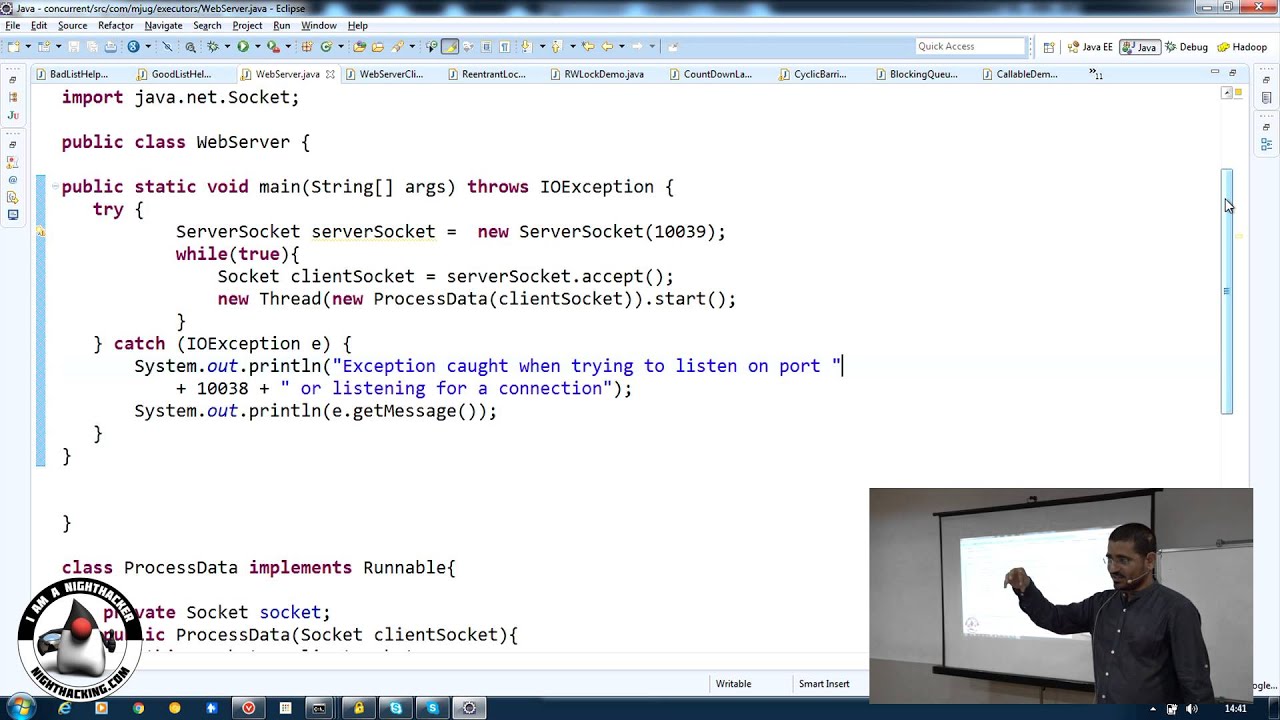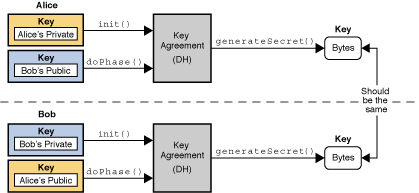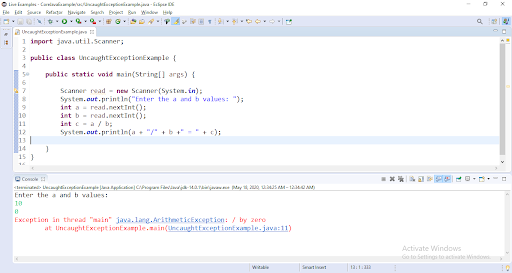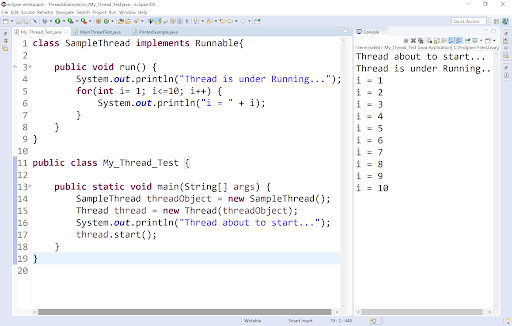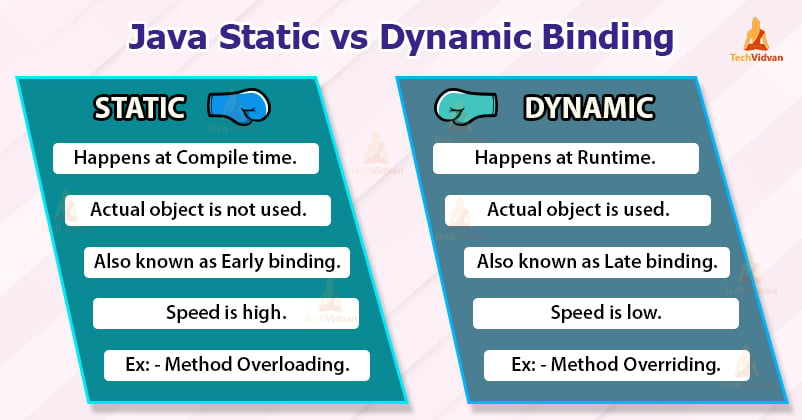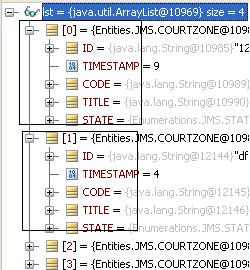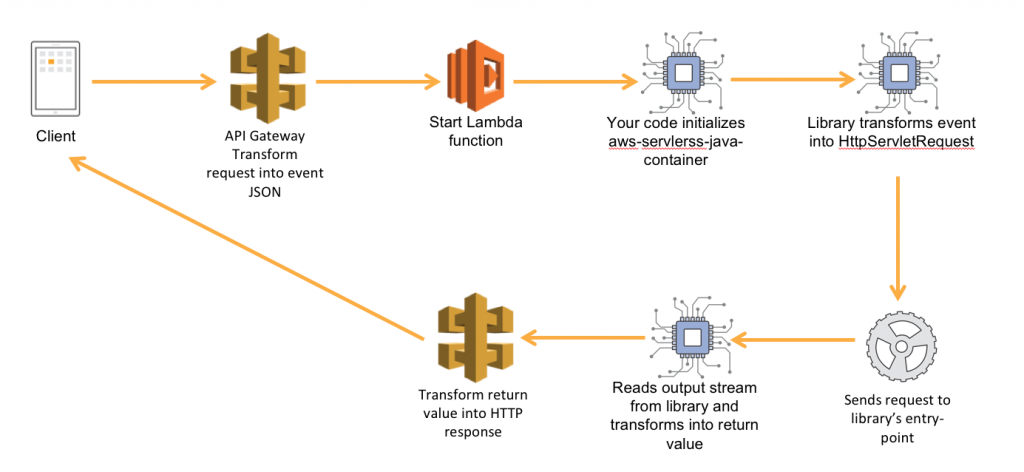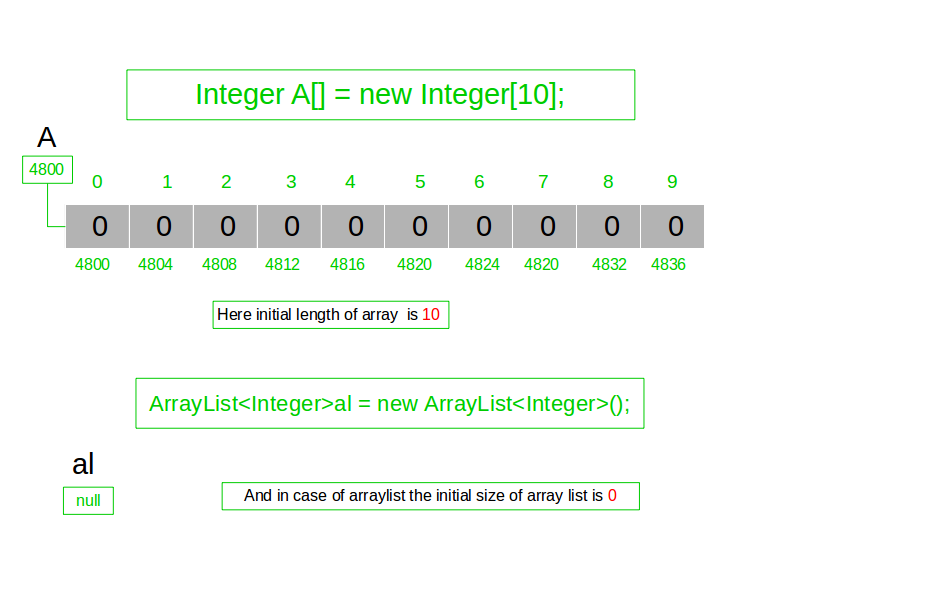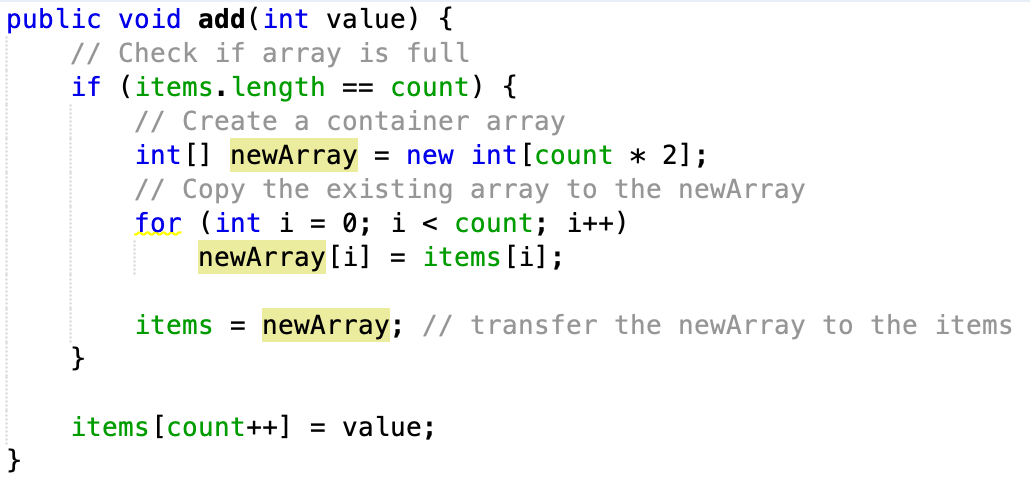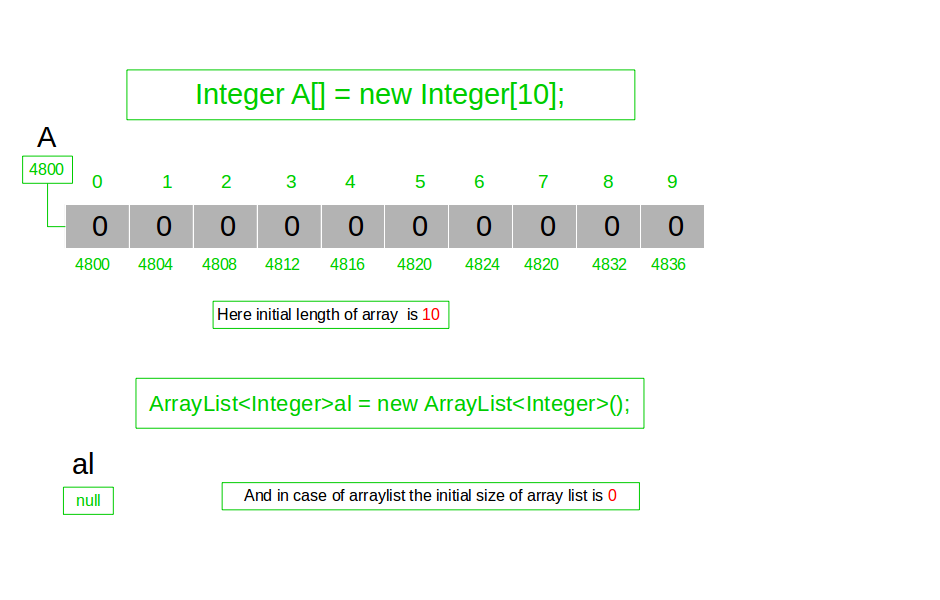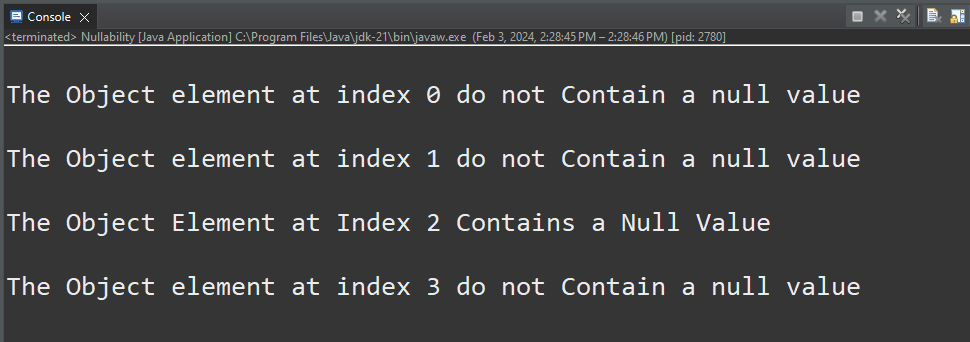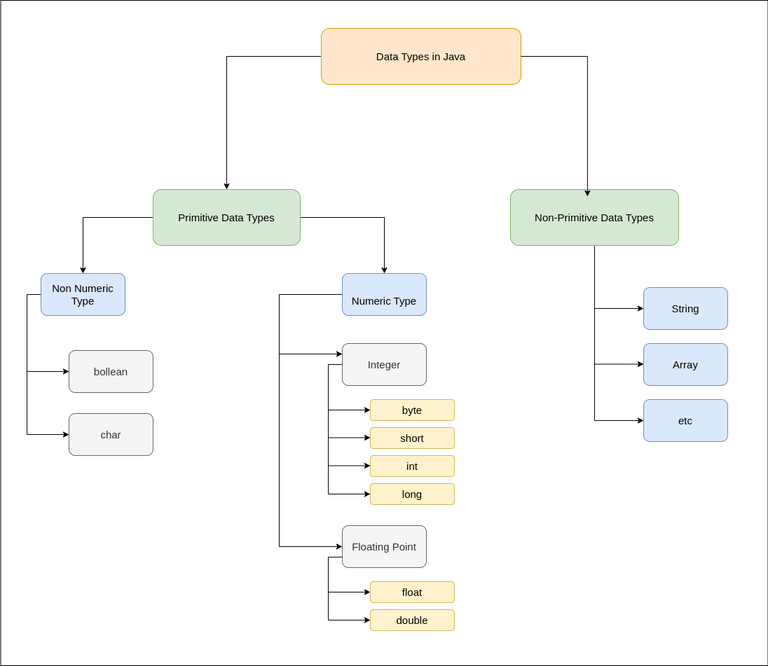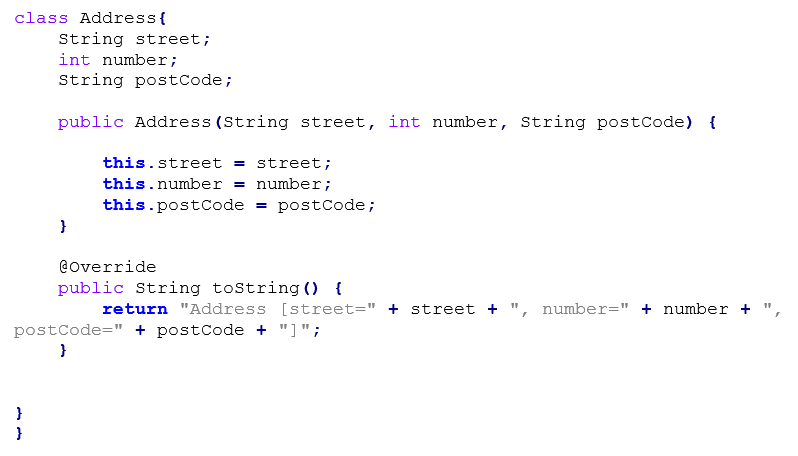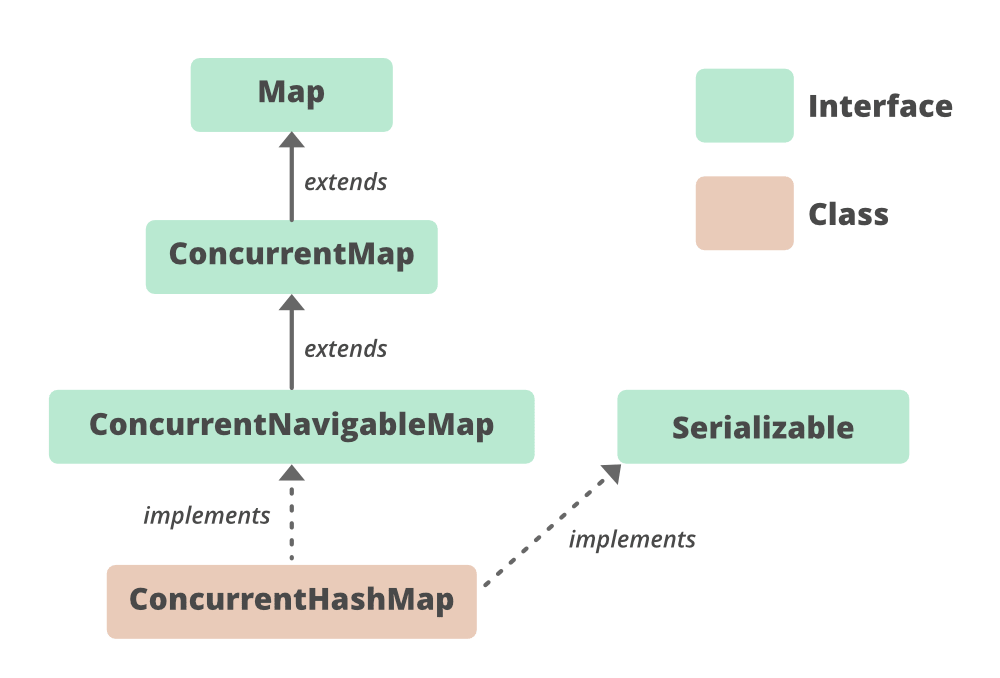java lock example
java lock example
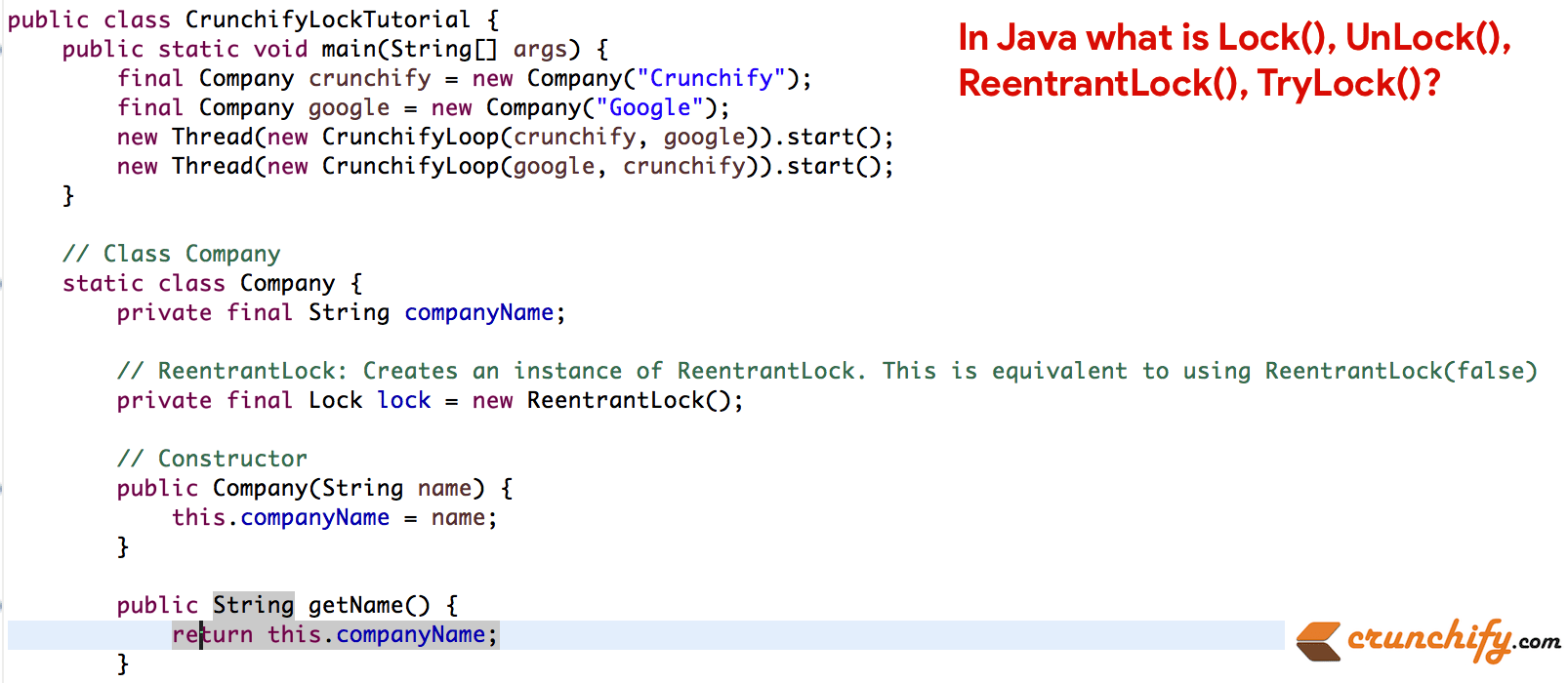
I'll respond in English this time.
Java Lock Example:
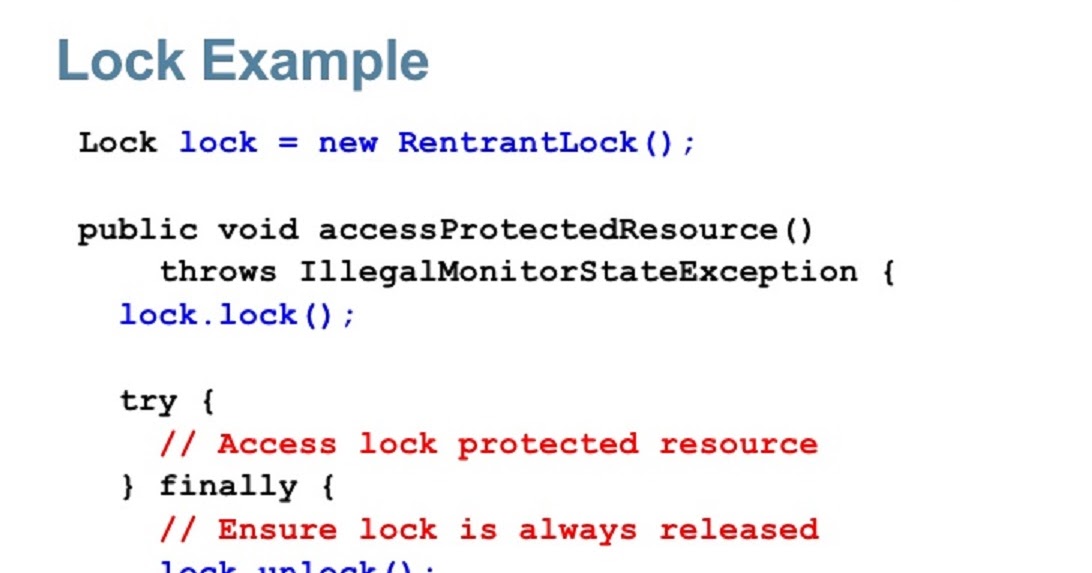
Synchronization is a crucial aspect of programming that ensures only one thread can execute a particular section of code at any given time. This is achieved using locks, which are the core mechanism to control access to shared resources and ensure thread safety. Let's dive into an example of how to use Java locks effectively.
Example: Synchronized Access to Shared Resource
Consider a scenario where we have two threads, T1 and T2, that need to access a shared resource (a bank account) simultaneously. We want to ensure that only one thread can withdraw or deposit funds at any given time to prevent conflicts. To achieve this, we'll use Java's built-in locking mechanism.
Here's the code:
import java.util.concurrent.locks.Lock;import java.util.concurrent.locks.ReentrantLock;
public class BankAccount {
private int balance = 0;
private Lock lock = new ReentrantLock();
public void deposit(int amount) {
try {
lock.lock();
try {
balance += amount;
System.out.println("Deposited " + amount + ". New balance is: " + balance);
} finally {
lock.unlock();
}
} catch (Exception e) {
// handle exceptions
}
}
public void withdraw(int amount) {
try {
lock.lock();
try {
if (balance >= amount) {
balance -= amount;
System.out.println("Withdrew " + amount + ". New balance is: " + balance);
} else {
System.out.println("Insufficient funds!");
}
} finally {
lock.unlock();
}
} catch (Exception e) {
// handle exceptions
}
}
public int getBalance() {
return balance;
}
}
In this example:
We create aBankAccount class that represents the shared resource (the bank account). The deposit and withdraw methods simulate operations on the account. We use the ReentrantLock to synchronize access to the account. This ensures that only one thread can execute these methods at any given time.
To test this example, we can create two threads (T1 and T2) that concurrently access the bank account:
public class Main {public static void main(String[] args) throws InterruptedException {
BankAccount bankAccount = new BankAccount();
Thread t1 = new Thread(() -> {
for (int i = 0; i < 10; i++) {
bankAccount.deposit(i);
Thread.sleep(100); // simulate delay
}
});
Thread t2 = new Thread(() -> {
for (int i = 9; i > -1; i--) {
bankAccount.withdraw(i);
Thread.sleep(100); // simulate delay
}
});
t1.start();
t2.start();
t1.join();
t2.join();
}
}
In this test, we create two threads:
T1: Simulates depositing funds from 0 to 9 with a delay of 100ms between each operation. T2: Simulates withdrawing funds from 9 to 0 with a delay of 100ms between each operation.When you run this test, you'll see that the deposit and withdraw methods execute serially, ensuring thread safety and preventing conflicts when accessing the shared resource (the bank account).
In conclusion, Java locks are an essential tool for achieving thread safety and controlling access to shared resources. By using constructs like ReentrantLock, we can ensure that only one thread can execute critical sections of code at any given time.
This example illustrates the use of Java locks in a real-world scenario where two threads need to access a shared resource (a bank account) concurrently.
How to avoid locks in Java?
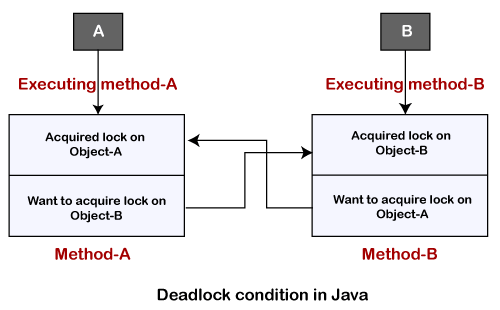
I'd be happy to help!
In Java, a lock is an object that allows multiple threads to share access to the same shared resource while preventing simultaneous access by multiple threads at the same time. Locks are crucial for ensuring thread safety and avoiding concurrency issues.
To avoid locks in Java, you need to understand the concept of thread-safe programming and utilize the correct synchronization mechanisms. Here are some strategies to help you minimize lock usage:
Avoid mutable shared state: One of the most significant causes of lock contention is shared mutable state. If you can design your program such that each thread has its own instance of an object, there's no need for locks. Use immutable objects: Immutable objects are naturally thread-safe and don't require locks. By using immutable objects as much as possible, you can reduce the need for locks. Use thread-local variables: Instead of sharing data among threads, use thread-local variables to store your data. This way, each thread has its own copy of the data, eliminating the need for locks. Employ atomic operations: When updating shared state, consider using atomic operations instead of traditional locking mechanisms. Atomic operations provide a way to update shared state without acquiring a lock. Use Read-Copy-Update (RCU) synchronization: RCU is a synchronization mechanism that allows multiple threads to read shared data while minimizing the need for locks. Optimize lock usage with fine-grained locking: Fine-grained locking involves breaking down large locks into smaller, more granular ones, reducing contention and improving overall system performance. Use lock-free algorithms: Lock-free algorithms are designed to avoid using locks altogether by leveraging clever programming techniques, such as using atomic operations or caching. Minimize synchronization points: Try to minimize the number of synchronization points (e.g., locks) in your program. This reduces contention and improves overall system performance.To illustrate these concepts, consider a simple example:
Suppose you have a shared cache that multiple threads need to access concurrently. Instead of using a lock to protect the cache, you can create a thread-local cache for each thread and update it independently without requiring locks. This approach eliminates the need for synchronization points (locks) and allows your program to scale better.
In conclusion, minimizing lock usage in Java requires careful design, clever programming techniques, and a deep understanding of thread-safe programming practices. By applying these strategies, you can create more efficient, scalable, and thread-safe programs that effectively utilize locks only when necessary.

